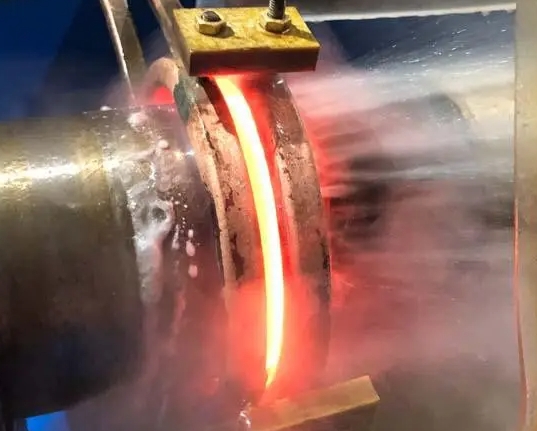- 29
- Aug
The relationship between induction hardening hardness and wear resistance
The relationship between induction hardening hardness and wear resistance
Wear resistance is not only related to the material, but also to the form of wear. Common forms of wear include abrasive wear, adhesive wear, oxidative wear, and fatigue wear.
1. Fatigue wear, fatigue wear depends on the metallurgical quality, such as porosity, pores, white spots, non-metallic inclusions, etc., and has nothing to do with hardness. Improving the metallurgical quality can improve the fatigue wear resistance of steel.
2. Under the condition of abrasive wear, the main factors affecting wear resistance are hardness and organization. When the impact load is small, the wear resistance is proportional to the hardness, that is, the hardness can be used to measure the wear resistance. When the impact load is large, the wear resistance is also affected by the strength and toughness. At this time, the surface The hardness is not the higher the better, but there is a suitable hardness range, and the wear resistance decreases after the hardness exceeds a certain value. The nature, quantity and distribution of steel carbides have a significant impact on wear resistance.
3. For adhesive wear, the situation is more complicated. Generally, brittle materials and high melting point materials are resistant to adhesive wear. Reducing the friction coefficient can improve the wear resistance. Materials with high hardness help to reduce the friction coefficient. Wear resistance is good, that’s the reason.
- Oxidative wear mainly depends on the diffusion rate of the metal surface, the properties of the oxide film formed, and the bonding strength of the oxide film and the substrate. Regardless of hardness. Therefore, it can be seen that hardness is closely related to wear resistance, but it is not the only one.

